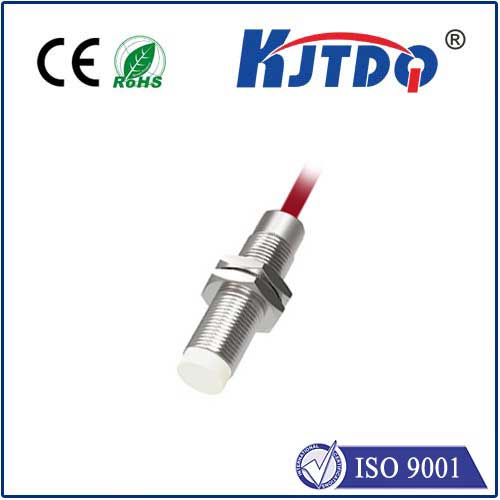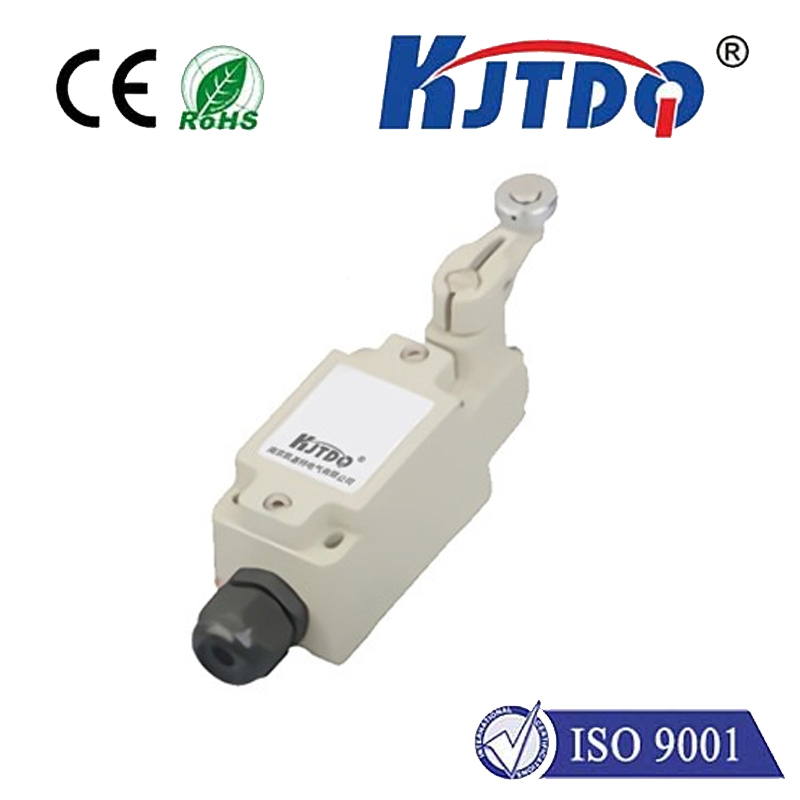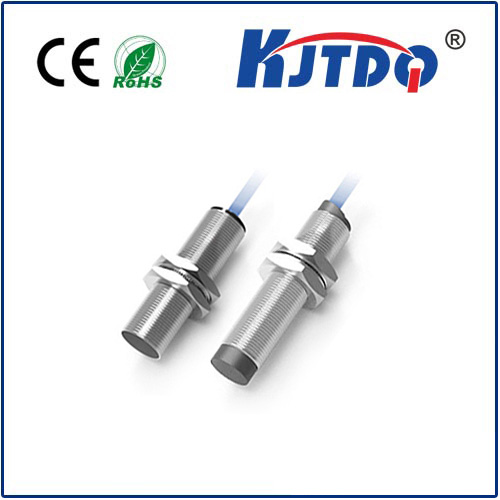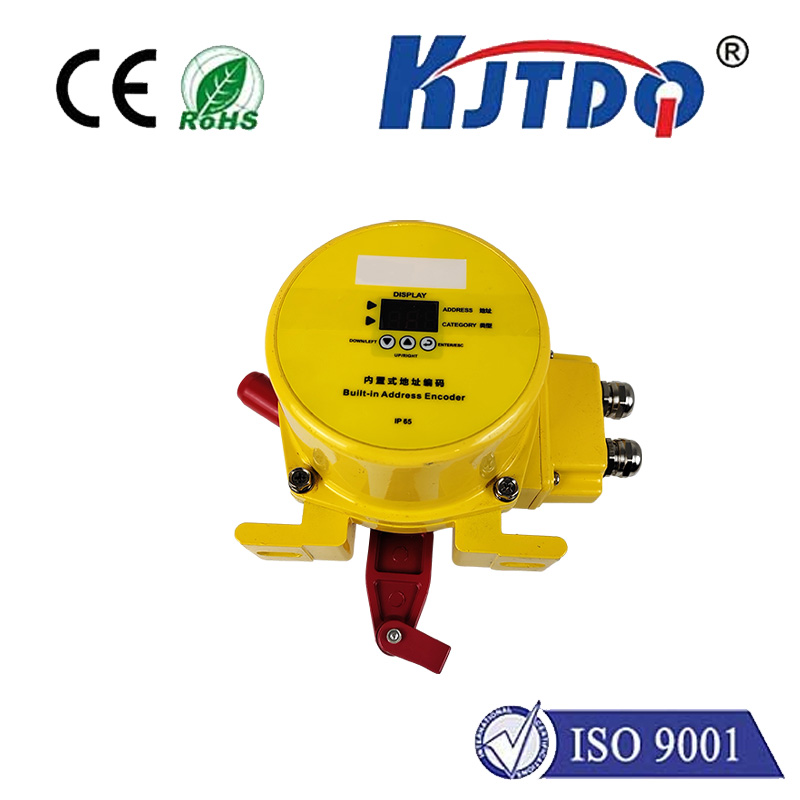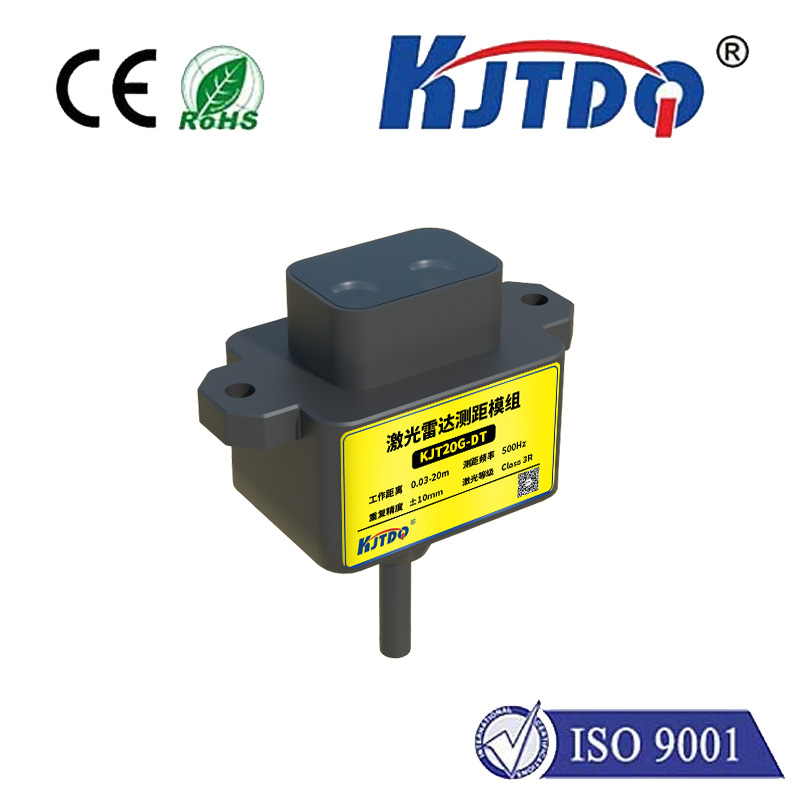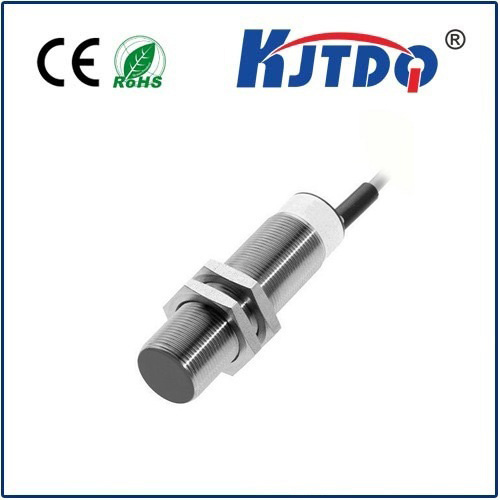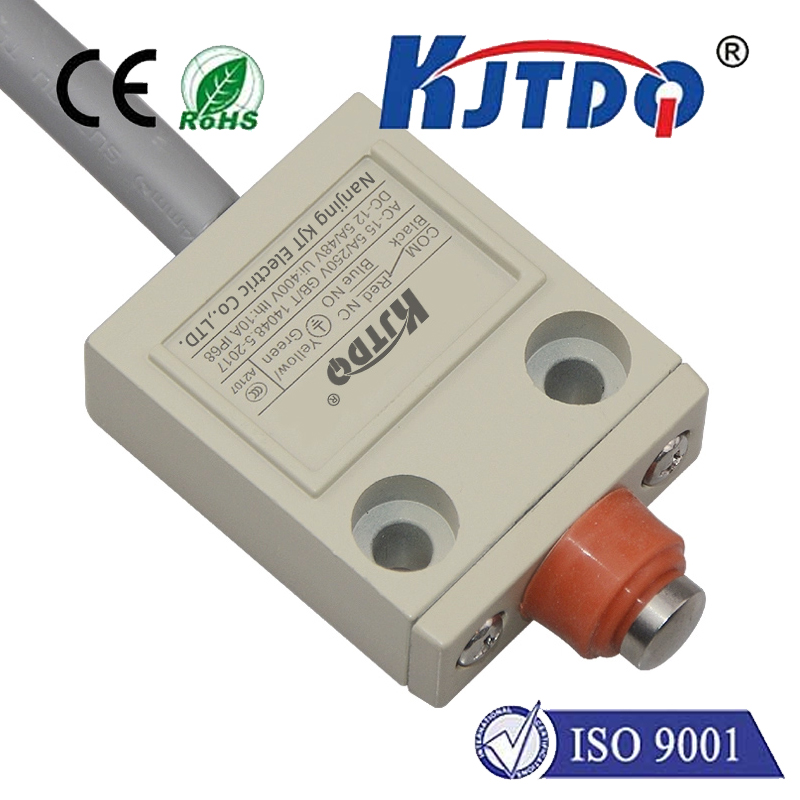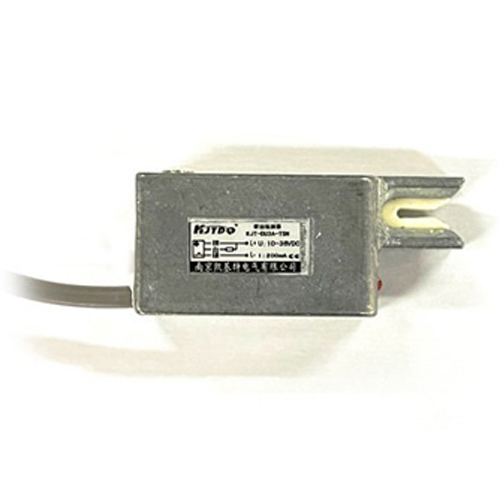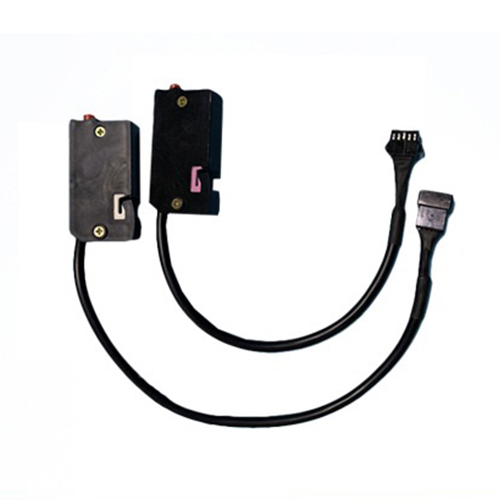vcsel proximity sensor
- time:2025-07-01 00:56:15
- Click:0
VCSEL Proximity Sensors: Precision Detection Powering Smarter Devices
Imagine your smartphone screen instantly turning off when held to your ear during a call. Or a robotic arm halting millimeters before touching a fragile component. These everyday marvels, enhancing safety, efficiency, and user experience, often rely on a tiny yet powerful technology: the VCSEL proximity sensor. This sophisticated component, leveraging the unique properties of Vertical-Cavity Surface-Emitting Lasers, has become the invisible guardian enabling responsive, reliable, and power-efficient object detection in countless modern applications.
The Fundamental Need: Sensing Presence Without Contact
Proximity sensing is the ability to detect the presence or absence of a nearby object without physical touch. This simple function is crucial across diverse fields:
- Consumer Electronics: Preventing accidental screen touches during calls (smartphones, tablets), conserving battery life, enabling gesture recognition.
- Industrial Automation: Ensuring worker safety by detecting personnel near hazardous machinery, triggering safety brakes or lights, precise object positioning.
- Automotive: Driver attention monitoring (eye/head tracking), activating interior touchscreens only when a hand approaches, obstacle detection.
- Robotics: Safe navigation, collision avoidance, precise object handling.
- Smart Appliances: Automatic faucet/sensor activation, lid-open detection on appliances, touchless interfaces.
Traditional methods like mechanical switches or basic infrared LEDs have limitations in accuracy, speed, reliability, size, and power consumption. Enter the VCSEL proximity sensor as a superior solution.

Understanding the Core: What is a VCSEL?
A Vertical-Cavity Surface-Emitting Laser (VCSEL) is a specialized semiconductor laser diode. Unlike conventional edge-emitting lasers, VCSELs emit light perpendicularly from their top surface in a highly focused, near-circular beam. This fundamental structure grants them unique advantages ideal for proximity sensing:
- Directional & Coherent Light: VCSELs produce a narrow, collimated beam of coherent infrared light, typically around 850nm or 940nm (invisible to the human eye). This allows for precise targeting and minimizes unwanted scattering compared to diffused LED light.
- High Speed & Modulation: They can be switched on and off incredibly fast (nanoseconds), enabling sophisticated measurement techniques like time-of-flight (ToF).
- Low Power Consumption: VCSELs operate efficiently at lower drive currents than LEDs or edge-emitters, significantly extending battery life in portable devices.
- Compact Size & Integration: Their surface-emitting nature makes them inherently suitable for compact modules and easy integration with detectors and optics on a single chip or substrate.
- Reliability & Longevity: VCSEL technology boasts impressive operational lifetimes and stability, crucial for industrial and automotive applications.
- Wavelength Flexibility: Available wavelengths (especially 940nm) are chosen for minimal interference with ambient light and low visibility.
How VCSEL Proximity Sensors Actually Work
A typical VCSEL proximity sensor module integrates three key components:
- The VCSEL Emitter: Generates the focused pulse train of infrared light directed towards the target area.
- The Photodetector: Usually a photodiode (like a PIN diode or avalanche photodiode - APD) situated nearby, designed to detect the reflected infrared photons bouncing back off any object within the sensor’s range.
- Control & Signal Processing Circuitry: This is the brain. It drives the VCSEL, captures the weak signal from the photodetector, amplifies it, and analyzes it to determine object presence and distance.
The dominant operating principle in modern high-performance proximity sensors is Time-of-Flight (ToF):
- The control circuitry sends a precisely timed, short pulse of current to the VCSEL, causing it to emit a corresponding pulse of IR light.
- This light pulse travels through the air, hits an object, and reflects back.
- The returning photons strike the photodetector, converting them back into an electrical signal.
- The control circuit measures the time difference (
Δt) between the emission pulse and the detection pulse.
- Since the speed of light (
c) is constant, the distance (d) to the object is calculated using the simple formula: d = (c * Δt) / 2 (divided by 2 because the light travels to the object and back).
- By setting a distance threshold (e.g., 5cm, 10cm), the sensor determines proximity (object present/absent) and can even provide continuous distance data.
Why VCSELs Dominate Modern Proximity Sensing: Key Advantages
The integration of VCSELs fundamentally elevates proximity sensor performance:
- Superior Accuracy and Range: The collimated beam provides better signal directionality and signal-to-noise ratio (SNR), allowing detection over longer ranges (from millimeters up to several meters, depending on configuration) and with higher precision compared to LED-based sensors. Time-of-flight calculation directly measures distance, not just intensity change.
- Enhanced Performance in Ambient Light: The focused beam and the ability to use wavelengths like 940nm, combined with advanced filtering in the photodetector and processing algorithms, make VCSEL proximity sensors much more robust against interference from sunlight and artificial lighting. This is critical for reliable operation in diverse environments.
- Ultra-Low Power Consumption: VCSELs require significantly less current to produce intense light output than LEDs. Combined with the fast modulation capability enabling short, low-duty-cycle pulses, this translates into exceptional power efficiency, a non-negotiable requirement for battery-powered devices.
- Fast Response Time: The rapid switching speed of the VCSEL itself, coupled with the direct distance measurement of ToF, allows proximity detection to occur extremely rapidly – crucial for safety applications and responsive user interfaces.
- Small Form Factor: The compact size of VCSEL die and the ease of integrating emitter, detector, and optics enable miniature sensor modules that fit into the slim profiles of smartphones, wearables, and other space-constrained designs.
- Consistent Performance: VCSELs offer stable optical output characteristics over temperature and lifetime, leading to reliable long-term sensor operation.
Applications: Where VCSEL Proximity Sensors Shine
The power efficiency, precision, and compactness of VCSEL-based proximity sensing have fueled their rapid adoption:
- Smartphones & Tablets: Ubiquitous for screen blanking during calls, preserving battery and preventing accidental touches. Also used in gesture control and enabling features like “Raise to






